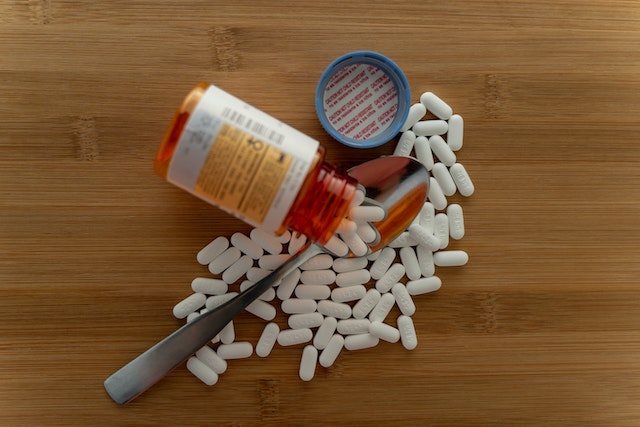
It is unlikely that the coronavirus pandemic is responsible for the increase in opioid-related deaths that occurred in Maryland during the first quarter of this year, according to a former secretary of the state’s Department of Health and Mental Hygiene.
From Jan. 1 to March 31, 561 people in Maryland died of opioid-related deaths, according to data from the Maryland Opioid Operational Command Center. That number marks a 2.6 percent increase from that of the first quarter of 2019. Baltimore City, Baltimore County, and Anne Arundel County reported more opioid-related deaths this quarter than did any other of the state’s jurisdictions. The vast majority of the opioid-related deaths involved the use of fentanyl. Second-quarter data is not yet available.
“It’s too soon for the virus because the virus didn’t really hit until the middle of March. At least the big effect of the virus probably didn’t come until the middle of March,” Dr. Joshua Sharfstein told MarylandReporter.com in a phone interview on Thursday.
Sharfstein served as secretary from 2011-14. He is now Vice Dean for Public Health Practice and Community Engagement at John Hopkins Bloomberg School of Public Health.
Sharfstein said second-quarter data is likely to be more reflective of the situation on the ground.
“I do think that it will be interesting to see what happens in the next quarter. I think the next quarter will reflect the impact of the virus more than the first quarter.”
Sharstein said that while it is unclear what caused the spike in opioid-related deaths — the pandemic may have played a factor.
“Treatment got disrupted for a lot of people. So that’s a concern. The drug supply, I think, probably was disrupted-which may have had different kinds of effects. And then you have just the issue of the isolation and the stress-which can actually create problems for drug use.”
Dr. Paul Christo, who is the associate professor in the Division of Pain Medicine at the Johns Hopkins University School of Medicine, said the pandemic has coincided with an increase in opioid overdoses and deaths among the addicted population.
“We’re seeing that those who have addiction to opioids have unfortunately had an increase in overdose and death over COVID-19. I think that’s because of the isolation that’s associated with being in the house-being unable to interact with others in group settings. I think that’s what we’ve seen in terms of the population of people who suffer from addiction to opioids.”
But Christo said he believes Maryland is faring better than many other states.
“I don’t think we’ve seen the same high rates of overdose and deaths in Maryland as we’ve seen in other states like Ohio and Texas. Why that is, I don’t think we know yet. Unless it’s related to federal resources that are available in Maryland for those who have substance abuse disorder. It’s been difficult for patients who have substance abuse disorder to access treatment.”
He said the resources in Maryland are a little bit stronger in terms of “having support groups, access to supports groups, and access to drug treatment centers.”
Chirsto noted that Maryland’s rural areas have been hit especially hard by the opioid epidemic.
“In general the rural areas of Maryland have been harder hit. And that’s because of a lack of access to recovery centers and for treatments. It’s easier to access those centers in the city or if you’re living around the city-than it has been in rural areas. ”
There are 65,777 confirmed cases of COVID-19 in Maryland as of Thursday morning, according to the state’s Department of Health, and 3,001 people in Maryland have died from the virus.
—
Published by Bryan Renbaum on MarylandReporter.com
